
La pandemia ha agravado las condiciones de pobreza en las que viven comunidades a lo largo de la frontera entre México y Estados Unidos. Los efectos se han sentido en la salud, el empleo y los bolsillos de cada persona

La pandemia ha agravado las condiciones de pobreza en las que viven comunidades a lo largo de la frontera entre México y Estados Unidos. Los efectos se han sentido en la salud, el empleo y los bolsillos de cada persona

The offer of $500 in bonus funds is intended to help with COVID-19-related expenses.

Most San Luis Obispo County tenants struggle to afford their housing — and many likely live in units that are unhealthy because local governments don’t hold landlords accountable for renting old, crumbling homes and apartments.
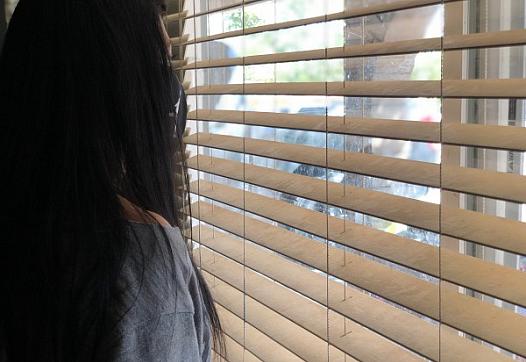
"If I’m going to die, I’m going to die at home. I don’t want to go to the hospital. I’m going to stay here, for I don’t want to leave behind any more problems than we already have.”
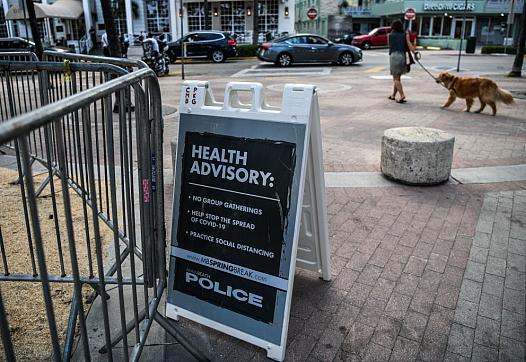
Before the vaccines start to arrive in various jurisdictions, explain to your audience the character of your county and state health officials.
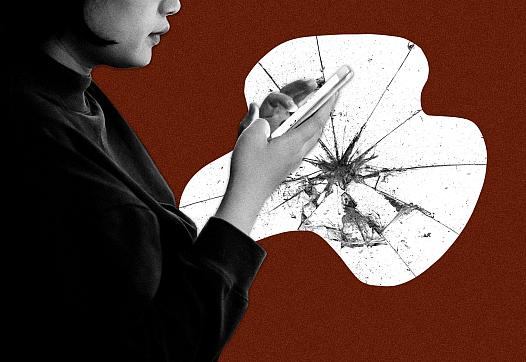
The rise comes even as factors such as culture, racism, poverty and immigration status often make it harder for Asian American women to seek help.
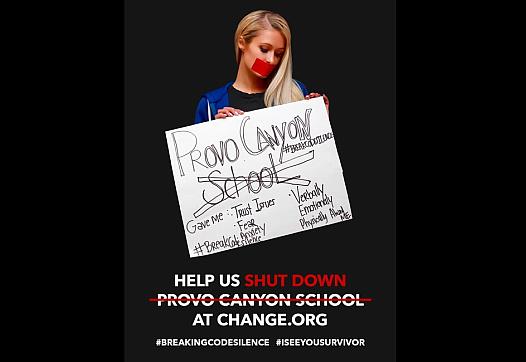
Celebrity Paris Hilton says she is now on a mission to reform the troubled teen industry. Her first target: Provo Canyon School, the Utah facility she attended in the 1990s where she says she was physically and emotionally abused.
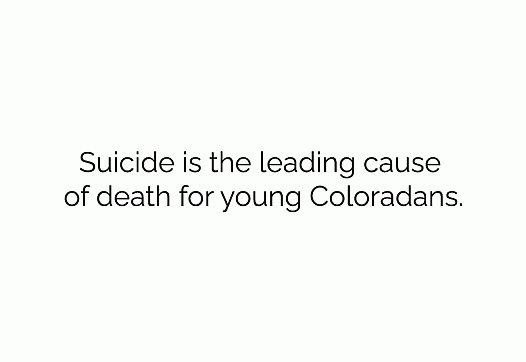
State attorney general for first time provides more detailed data on what happens after anonymous tips are made.

"This profound mistrust is fueled by the staggering absence of clear, unified national leadership on the public health crisis, a failure unparalleled in our history," writes public health leader Georges Benjamin.
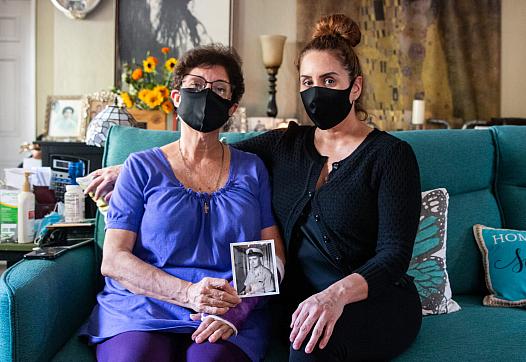
Thin medical staffing faces greater scrutiny – even from within the assisted living industry – as COVID-19 cuts a deadly swath through elder care facilities.